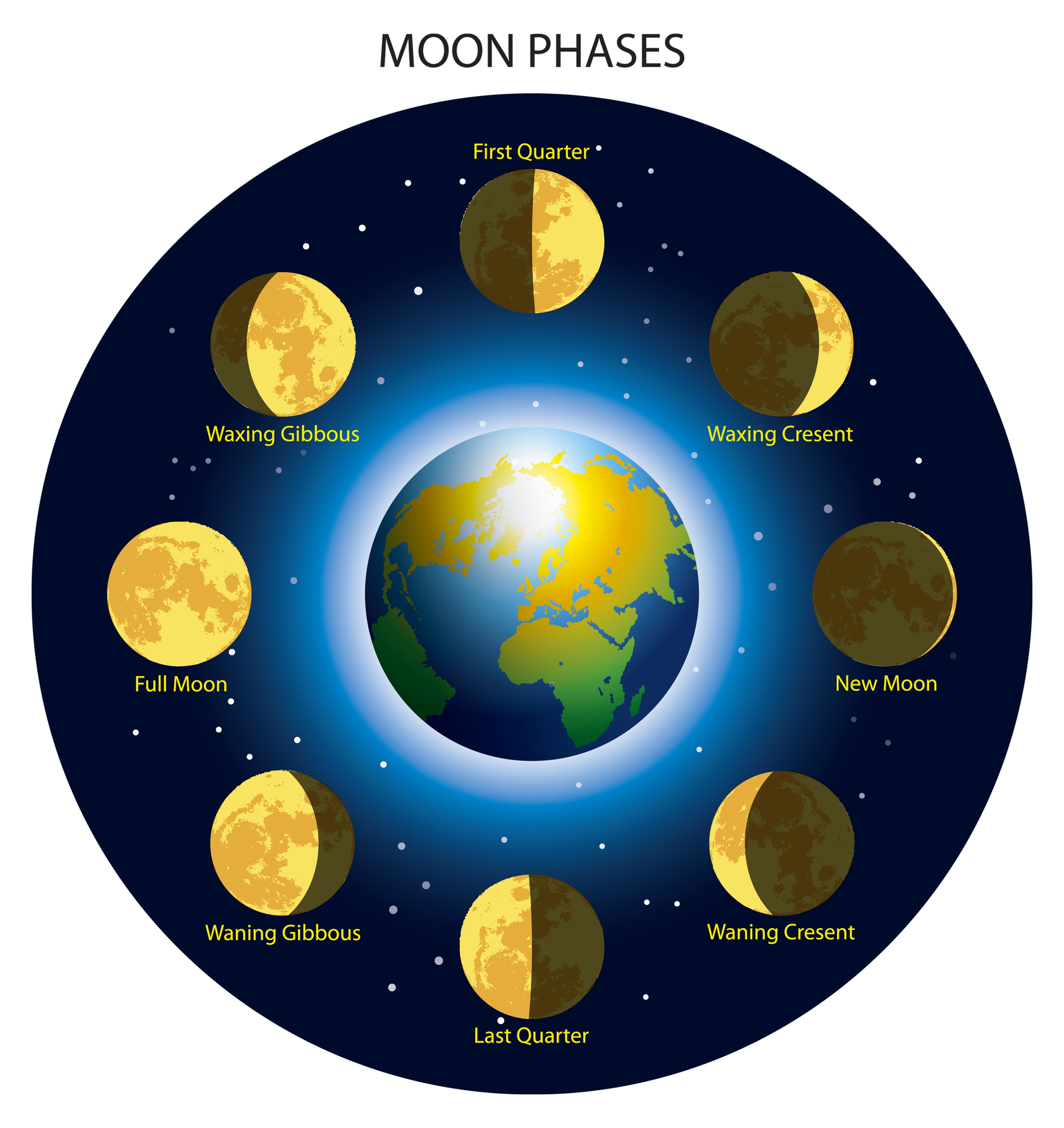THE MILKY WAY
- Look in the night sky to see a part of the milky way
- Our solar system is small
- Name came from hera
- Clear sky
- Only can see a small part of the milky way
- 13.6 billions years ago
- 100,000 thousand meters
- 230 million years to orbit around the centre of the milky way
THE MILKY WAY
The milky way is believed to be about 100,000 meters in diameter, and believed to have been born about 13.6 billion years ago. The name Milky way came from Greek people because in that era they believed that one of there greek goddess spilt milk across the sky and that's why they called it the road of milk and letter on changes to Milky Way. On clear night if you look up at the night sky you can see a small part of the milky way which is mostly just a couple hundred thousand stars. The milky way began shaping and forming back around 14 billion years ago and it can take up to 100,000 year to cross the tire Milky Way. Our Galaxy was made from clouds of dust and gas called the “ Nebula “ ?? Stars, comets, meteors, asteroids and planets.
Name of the “Milky Way"
The MIlky way got its name from Greek people who called it “ Galaxias kyklos” witch is translated back to “Milky Circle”. After they had named the Galaxy “ Galaxies Kyklos” or “ MIlky Circle” another race used the same name and that race of people are known as Romans. Because they thought that it was a good name because at night in the sky it looked like a big milky streak across the sky or in other words a road of milk. And i think that they named it this because whenever they would look up at the sky they would see splashes of white, purple, blue and pink across the sky and to me I think that I would mistake that for milk as well.
After that me and my friends decided to work on a presentation together about the things that we have learnt like where the name came from and why they decided to call it that name... we also researched about how long it would take a person to cross the entire Milky way which would take around one hundred thousand years to get from one side of the Milky way to the other here is the presentation that we have made.





